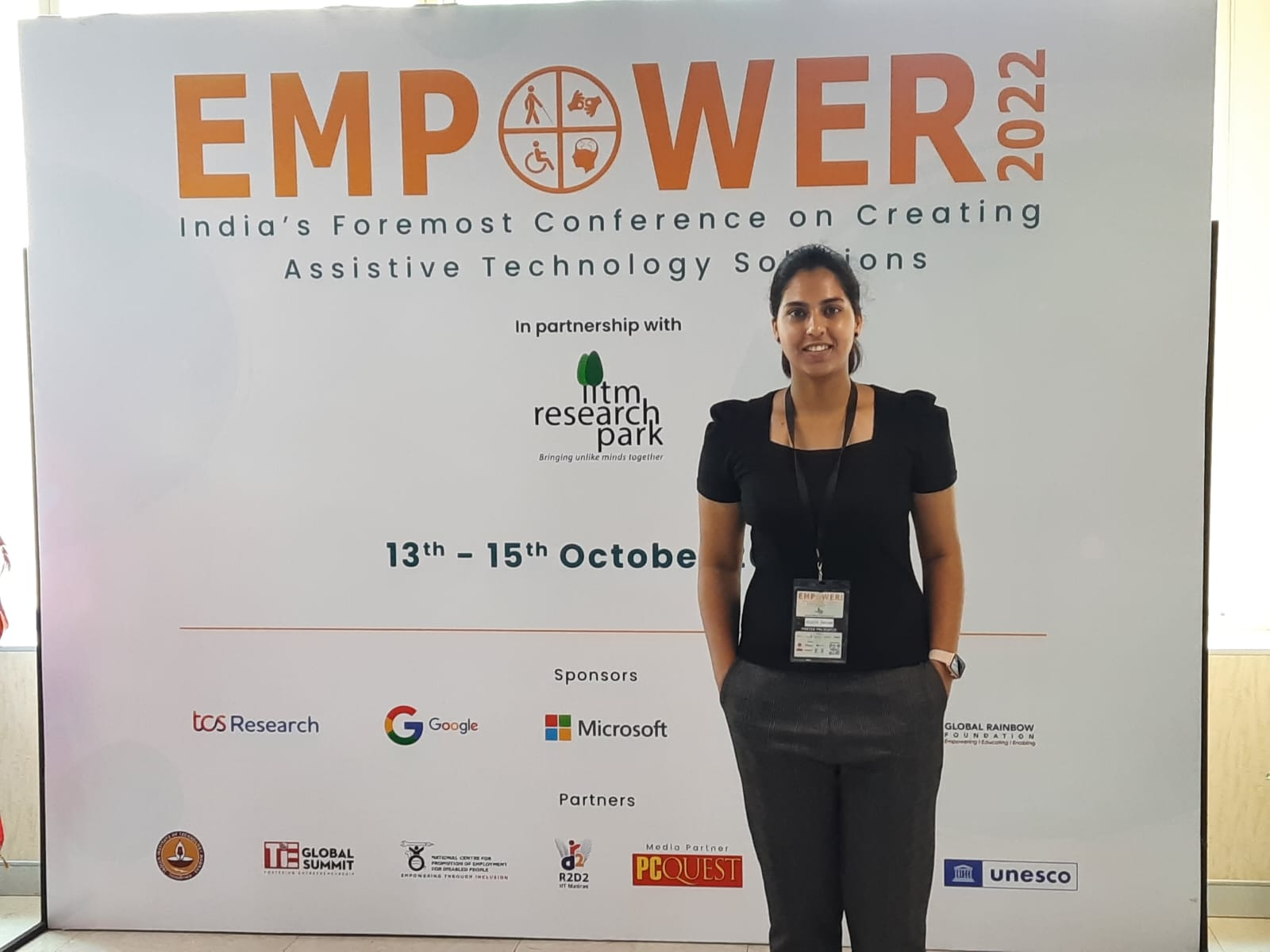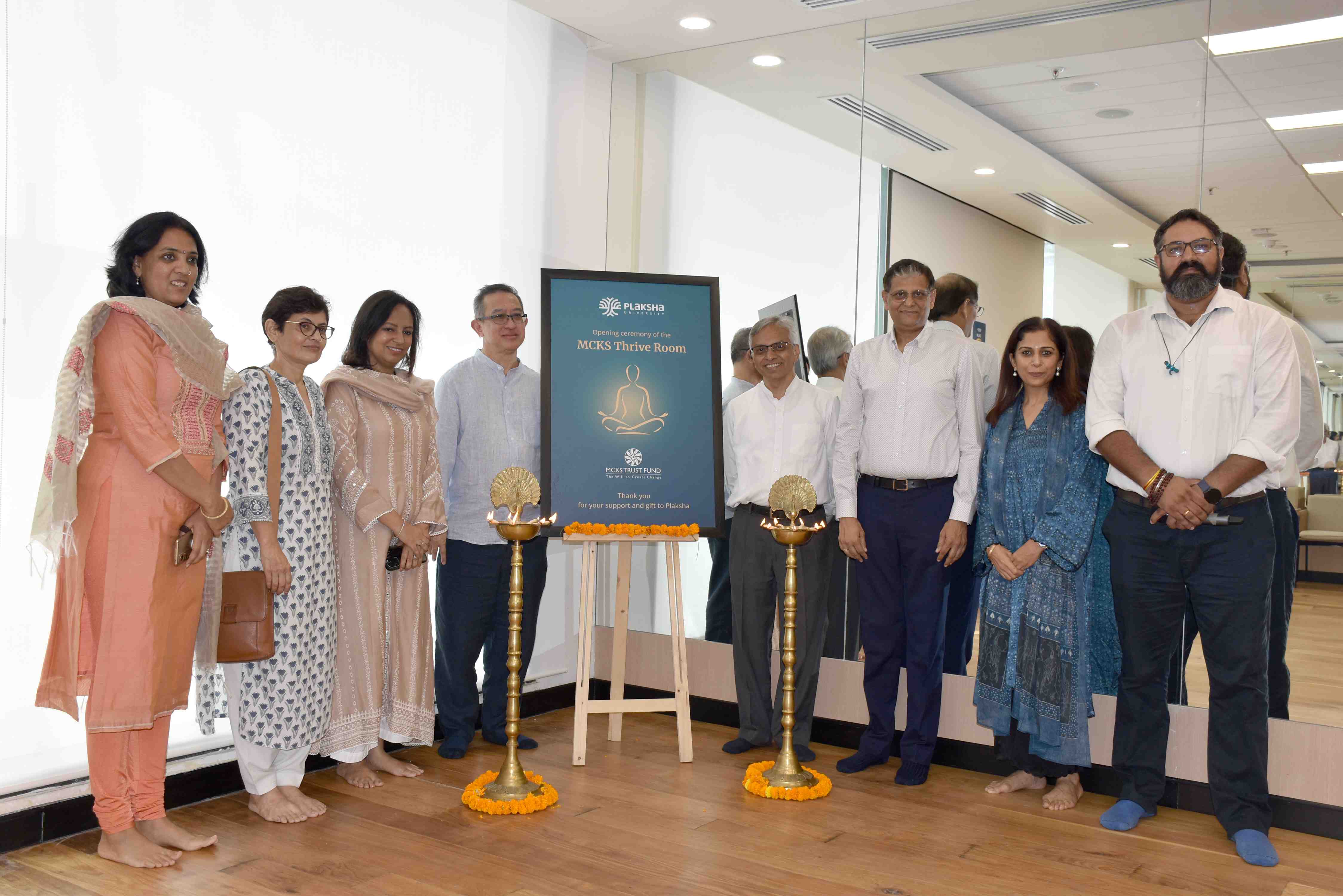By Susovan Mahapatra, Office of Admissions and Outreach
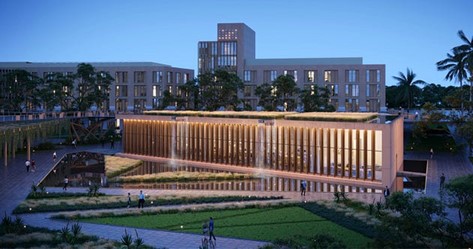
Building a world-class University is a mammoth task. Especially when the goal is to reimagine technology education in a country like India, where the Holy Grail of engineering is traversed by the majority of high school students with science stream. Plaksha’s campus is going to be the physical embodiment of this grand vision. Our campus is a 50- acre, tech-enabled, intelligently designed* space in the Chandigarh Tricity**, the city beautiful. You will be walking into a space that will nurture and inspire the next generation of fearless leaders who will solve the toughest challenges of our planet.
The residential campus will aid Plaksha’s curriculum (which is driven by research and a hands-on pedagogy) by acting as an extension of the classroom. To take one example, the campus is being built to be net carbon neutral; promoting sustainable and energy-efficient practices that Plaksha is already championing through its Centre for Clean Energy launched earlier this year. The highly tech-enabled campus will encourage interaction and help foster creativity, creating a vibrant space for innovation in the process. Replete with signature maker spaces and labs, the facilities are surely going to serve as a massive playground for the curious tinkerers that will constitute the student body at Plaksha.
“The Plaksha campus is designed as a place for collaboration, a place to tinker, and a place to build. The teaching is tech-enabled, encouraging students to study from anywhere. The campus is also high on principles of sustainability and we do hope it becomes a role model for other campuses in India.”
- Vineet Gupta, MD, Jamboree Education, Founder & Trustee, Plaksha
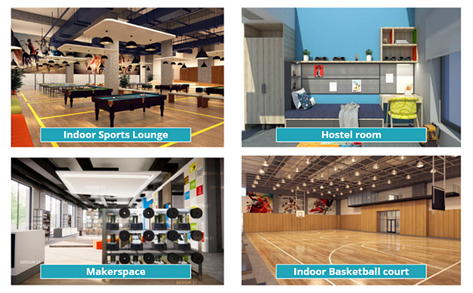
The location of the campus opens up plenty of opportunities, to say the least. The Plaksha Campus has some of India’s leading academic institutions in its immediate vicinity. The presence of institutions like the Indian School of Business (ISB), Indian Institutes of Science Education and Research (IISER), and Postgraduate Institute of Medical Education and Research (PGIMER) and more, within a 20–30 minute radius provides scope for collaboration within the student bodies for a host of academic and entrepreneurial projects. The campus is also just a 30-minute ride away from the Chandigarh City center making all possible amenities easily accessible.
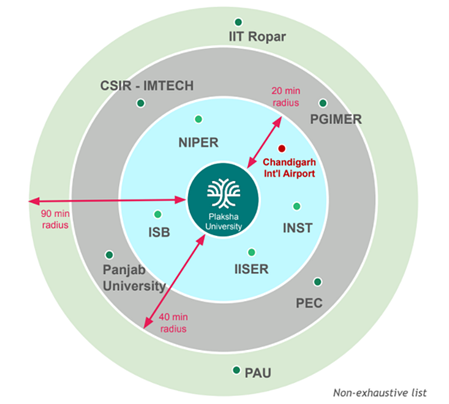
Housing a UN World Heritage Site within its bounds, the green city of Chandigarh is the first planned city of India and is often described as the “mecca for architecture lovers”***. The city is also lauded for the quality of life it offers and is one of the top 5 cities in India in terms of Human Development Index (HDI) and cleanliness. One can be sure that the city will provide a safe and conducive environment for learning. In addition to everything else that Chandigarh provides, it is also about 2 hours away from some of India’s most emblematic hill stations. So gear up for lots of impromptus trips to the hills as well!
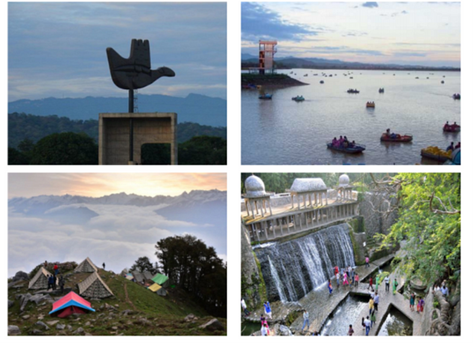
Do you have more questions?
Every Wednesday & Friday at 5.30 PM, we hold virtual chatrooms to address any questions that students and parents might have. Sign up here!
We will also be beginning Campus visits soon, please follow us on our social media handles for more details.
. . . . .
*Designed by internationally renowned architect Aaron Schwarz (Founder, Plan A, & Former Senior Principal at Perkins Eastman)
**10-minute drive from the Chandigarh International Airport
***Chandigarh was the only Indian city that was featured in the New York Times’ 2018 travel list. The city’s Capitol Complex, a government compound designed by the renowned Swiss-French architect Le Corbusier, was designated a Unesco World Heritage site in 2016.


